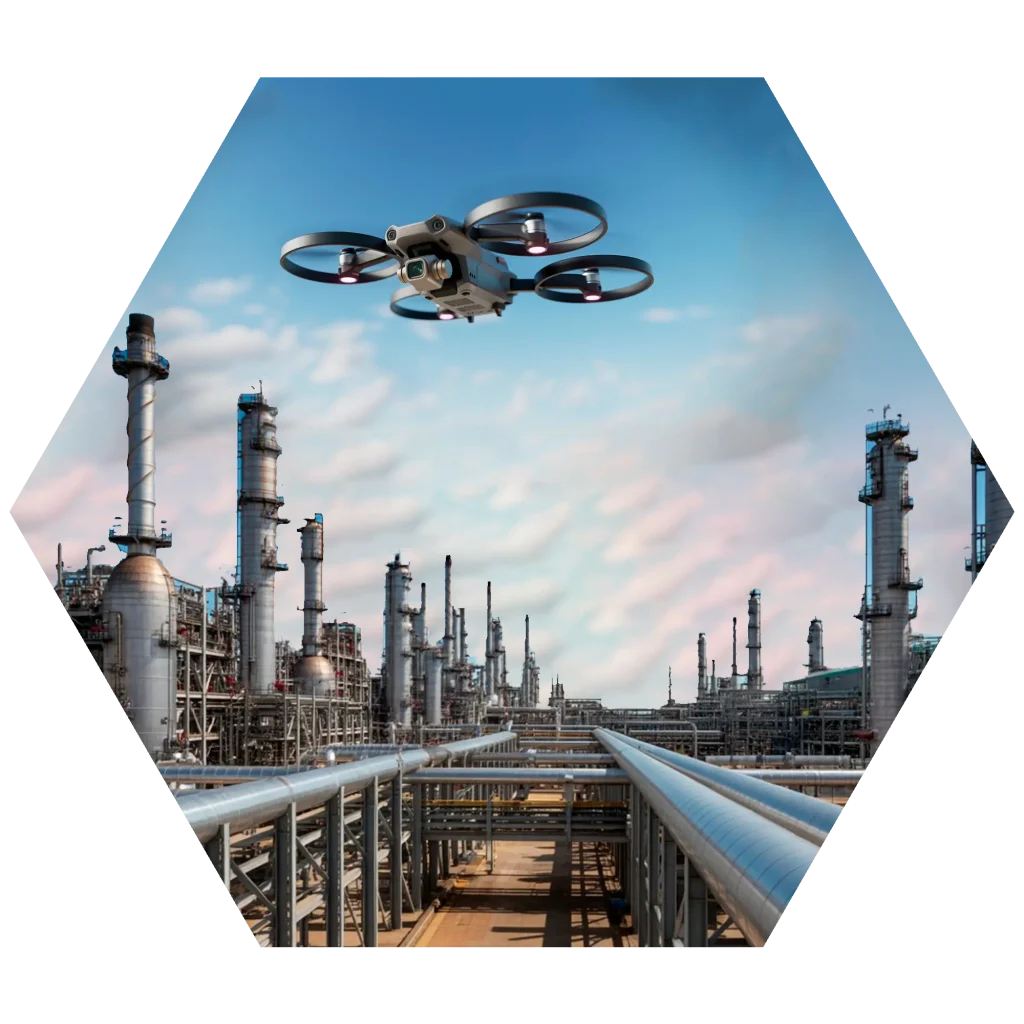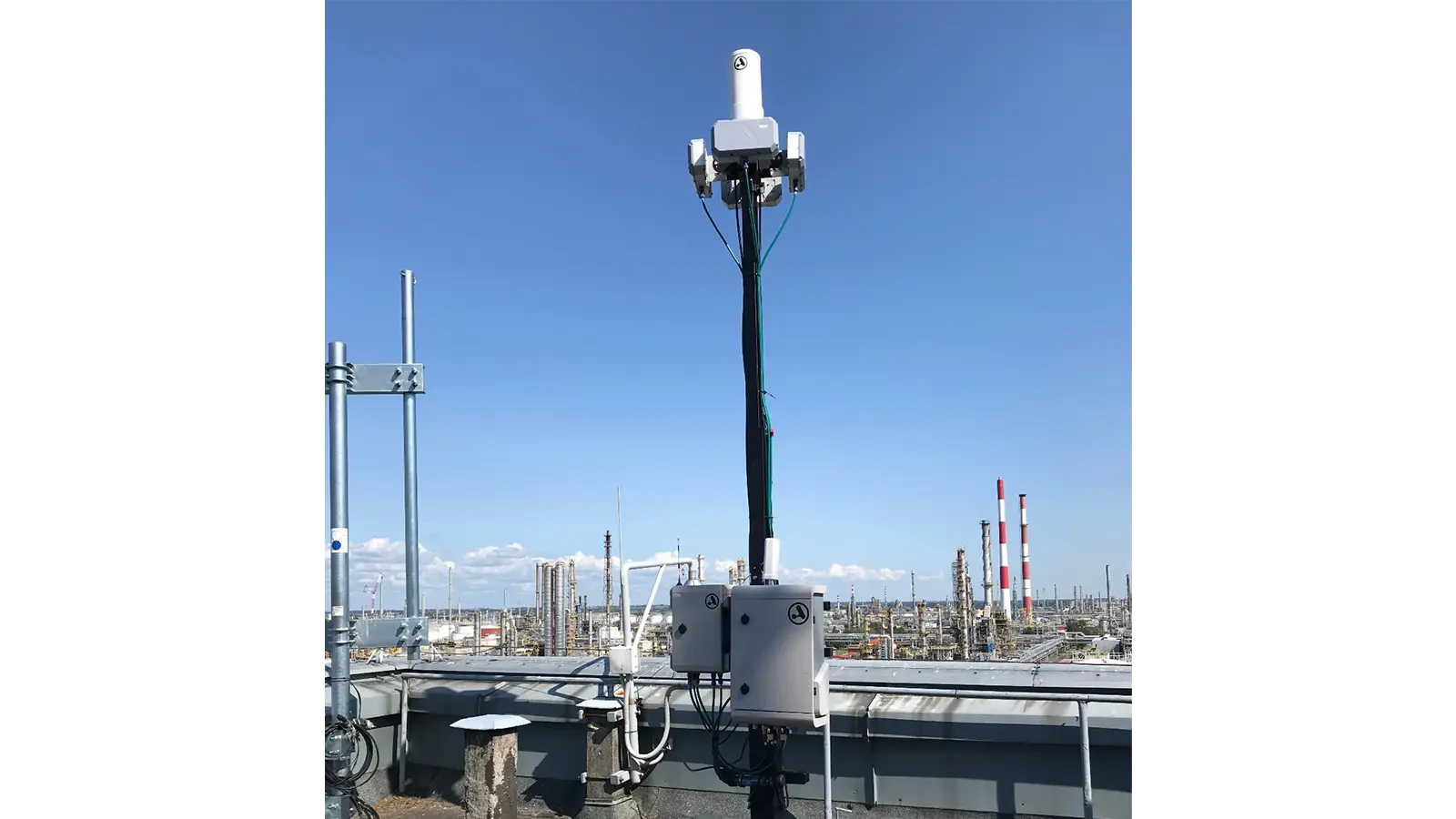Oil Refineries
Anti-drone system for airborne protection of critical infrastructure
How ASDT protects against unauthorised drones

What do we protect?
Most frequent threats in this environment
Drone operations in sensitive industrial areas such as refineries can pose critical operational, environmental or strategic vulnerabilities. These are some of the main dangers identified:

Difficult drones
of detecting

Difficulty of
pilot identification

Threats in
movement

Lack of information
clear and in real time

Incursions
unauthorised
Typical risks
In critical industrial facilities, incursions by unauthorised drones can lead to operational disruptions, leaks of sensitive information or high-impact incidents. These are some of the most common risks to consider:
ASDT solutions for every need

Advanced compatibility
Interfaced with sensors, radars and external systems.

Stationary
and remotely
Installed in critical infrastructure or key buildings.

Architecture
flexible
Adaptable to different tactical scenarios.

Wired
and Modular
Can be integrated with existing command and control platforms.
Recommended systems for petrochemical installations
Developed on the basis of experience in refineries, these solutions make it possible to shield airspace against industrial risks, espionage or sabotage.
A robust, precise and well thought-out architecture
for highly sensitive and strategically risky industrial environments.
Real cases of success in this environment
In critical facilities such as refineries, the SENDES ecosystem has proven its effectiveness against threats such as espionage or coordinated swarms. Its advanced detection and controlled neutralisation capabilities protect strategic assets against high-impact incidents.
Other protected areas and sectors
Designed to protect the airspace of petrochemical infrastructures and sensitive industrial areas, the SENDES system is easily adaptable to environments with high security requirements. It allows for flexible and scalable deployment, ideal for preventing aerial intrusions and protecting operational continuity.


